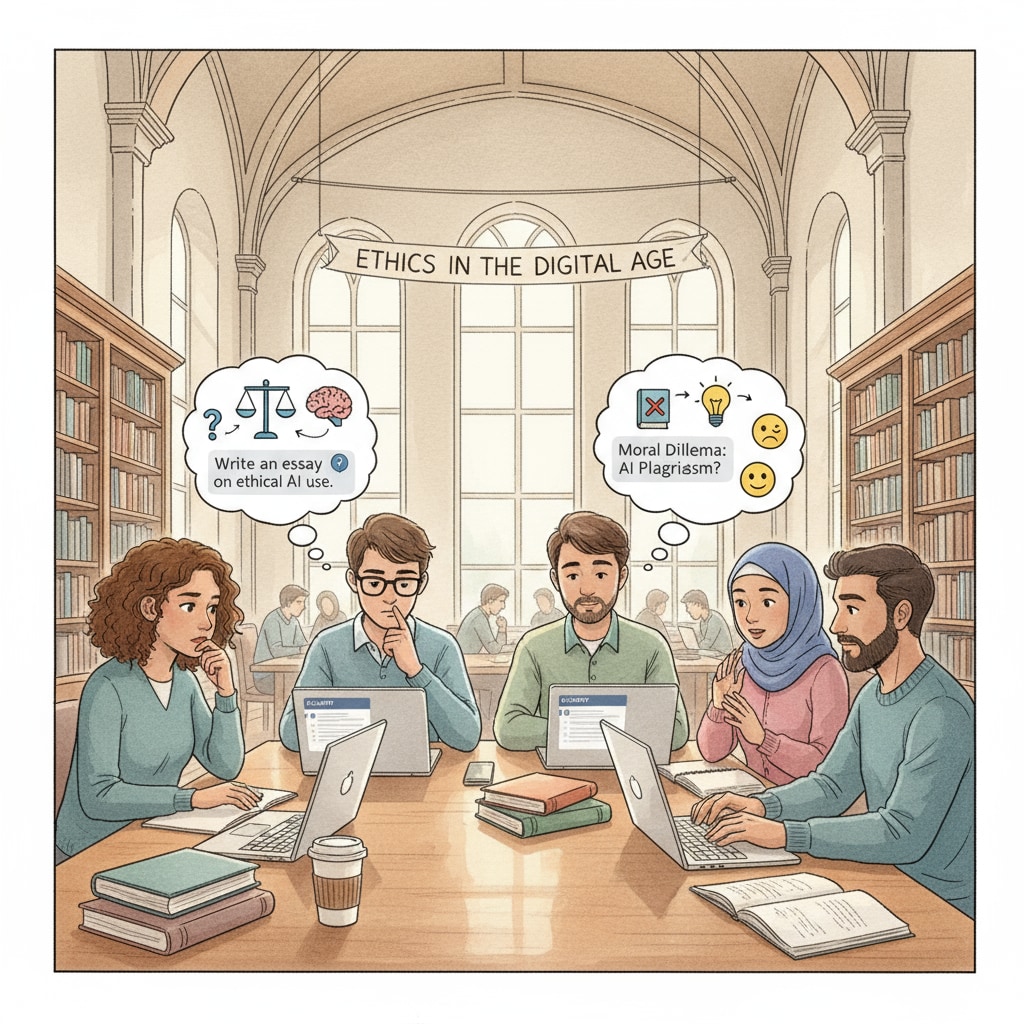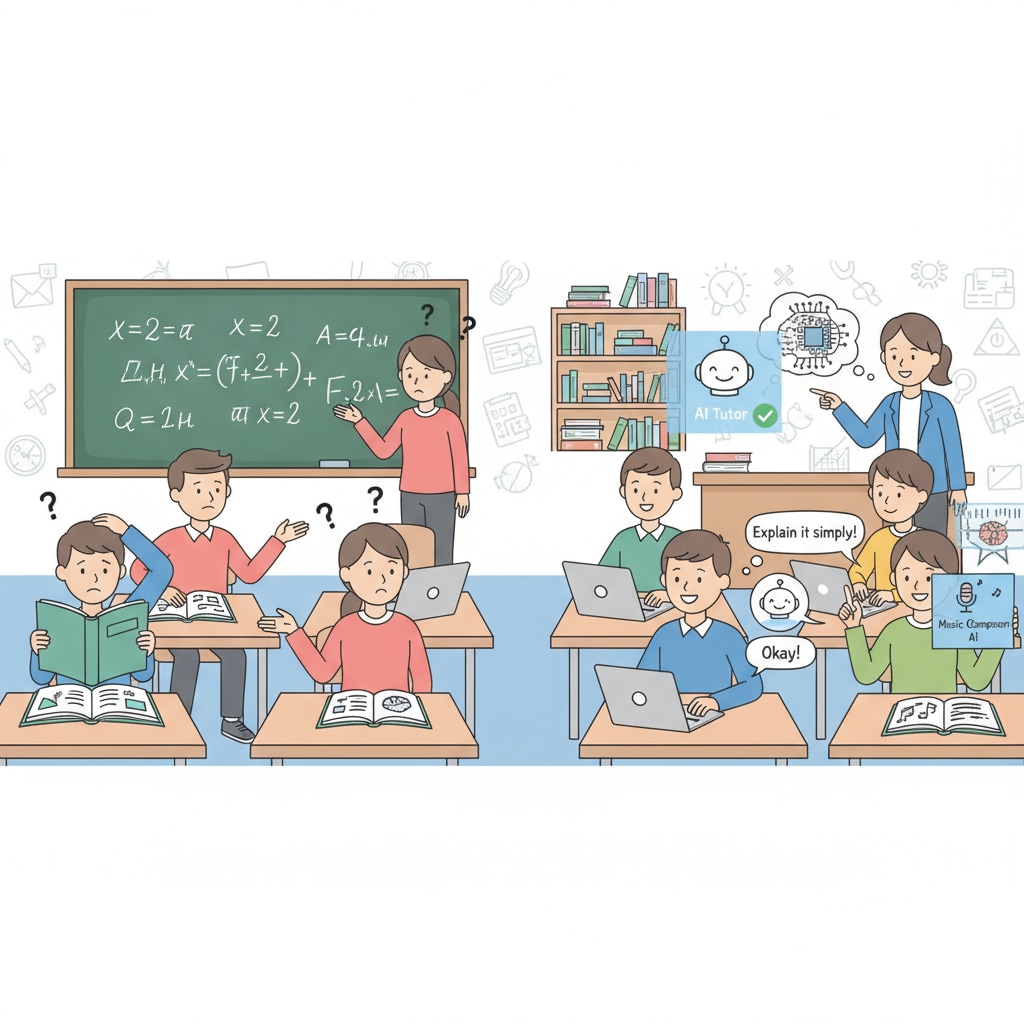The rapid advancement of technology has introduced a new set of challenges to the realm of education, particularly in the area of academic integrity. The widespread use of AI tools such as ChatGPT has given rise to moral dilemmas among students. As students increasingly turn to these tools for assistance in their academic research, questions about the boundaries of ethical behavior have come to the fore.

The AI Boom in Student Learning
AI has revolutionized the way students approach their studies. ChatGPT, with its ability to generate text on various topics, has become a popular resource for students. It can quickly provide answers, summarize information, and even offer ideas for essays. For example, a student struggling with a history assignment can ask ChatGPT to provide a summary of a historical event. This ease of access to information has made it an attractive option for many. However, this convenience has also blurred the lines of academic integrity. According to How Students are Using AI in College on Chegg, a significant number of students admit to using AI tools to complete assignments, raising concerns about the authenticity of their work.

The Moral Dilemmas Unveiled
Students face several moral dilemmas when using AI tools. On one hand, they see the potential benefits of using these tools to improve their understanding and performance. They may view it as a way to enhance their learning experience. On the other hand, they are aware that using AI to complete assignments without proper attribution is a form of academic dishonesty. For instance, if a student submits an essay written entirely by ChatGPT as their own work, they are violating the principles of academic integrity. This creates a moral conflict within the student, as they weigh the desire for good grades against the ethical obligation to produce original work. As stated in How Can We Respond to AI-Written Assignments in Higher Education on Educause, educators are grappling with how to address these moral dilemmas among students.
To navigate this complex landscape, it is crucial to redefine academic integrity in the digital age. Institutions need to clearly communicate what constitutes acceptable and unacceptable use of AI tools. This includes setting guidelines on how students can use AI for research, such as using it as a source of inspiration but not as a substitute for their own thinking and writing. In addition, educators should incorporate digital literacy and ethics into the curriculum to help students understand the implications of their actions. By doing so, we can help students make more informed decisions and uphold the values of academic integrity in the face of technological advancements.
Readability guidance: Using short paragraphs and lists helps summarize key points. Each H2 section should aim to have a list if possible. Control the proportion of passive voice and long sentences. Incorporate transition words (however, therefore, in addition, for example, as a result, etc.) throughout the text.


